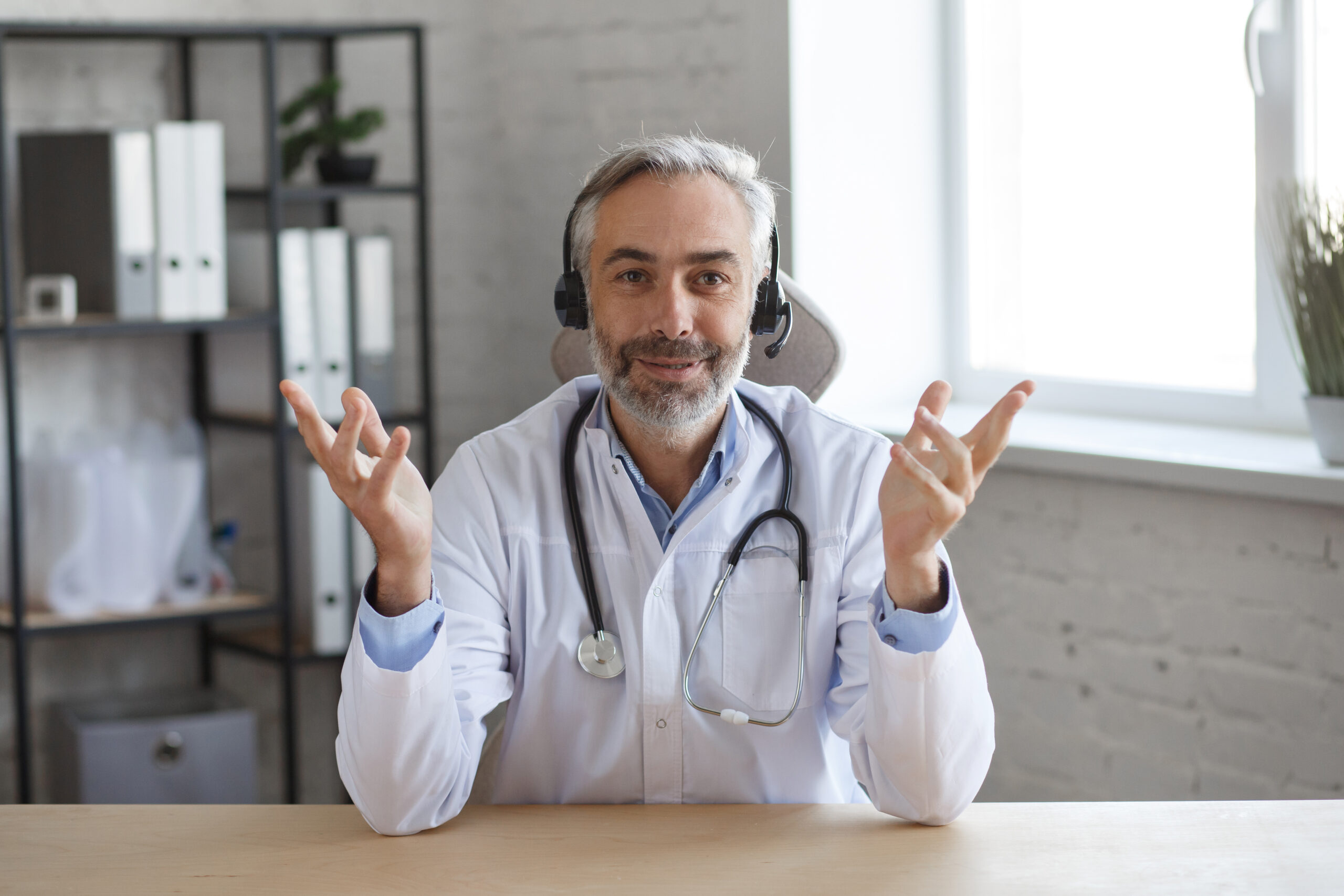You’ve just scheduled your first telehealth appointment, and while you’re relieved to avoid the waiting room, you’re not quite sure what to expect when your doctor appears on your screen instead of walking through an exam room door.
You’re worried about the tech. Will your internet connection hold up? What if your camera doesn’t work? You’re also concerned about missing important details—how do you explain symptoms when you can’t show your doctor in person? And honestly, you’re wondering if virtual care will actually work as well as a real visit. When you prepare for telehealth appointment logistics, these concerns are normal.
This guide walks you through everything you need for your first virtual doctor visit. You’ll learn exactly what technology to test, how to set up your space, which medical information to gather, and what questions to ask. We’ll cover troubleshooting fixes for when things go wrong, because sometimes they do.
Your online medical appointment doesn’t have to be stressful or confusing. With the right preparation, you’ll walk away with the same quality care you’d get in person—just without the commute. Let’s get you ready.
🔧 Tech Ready: Your Telehealth Checklist
Don’t let tech problems ruin your virtual doctor visit
24-Hour Tech Check: 5 Must-Do Steps
Create the Right Environment for Your Online Medical Appointment
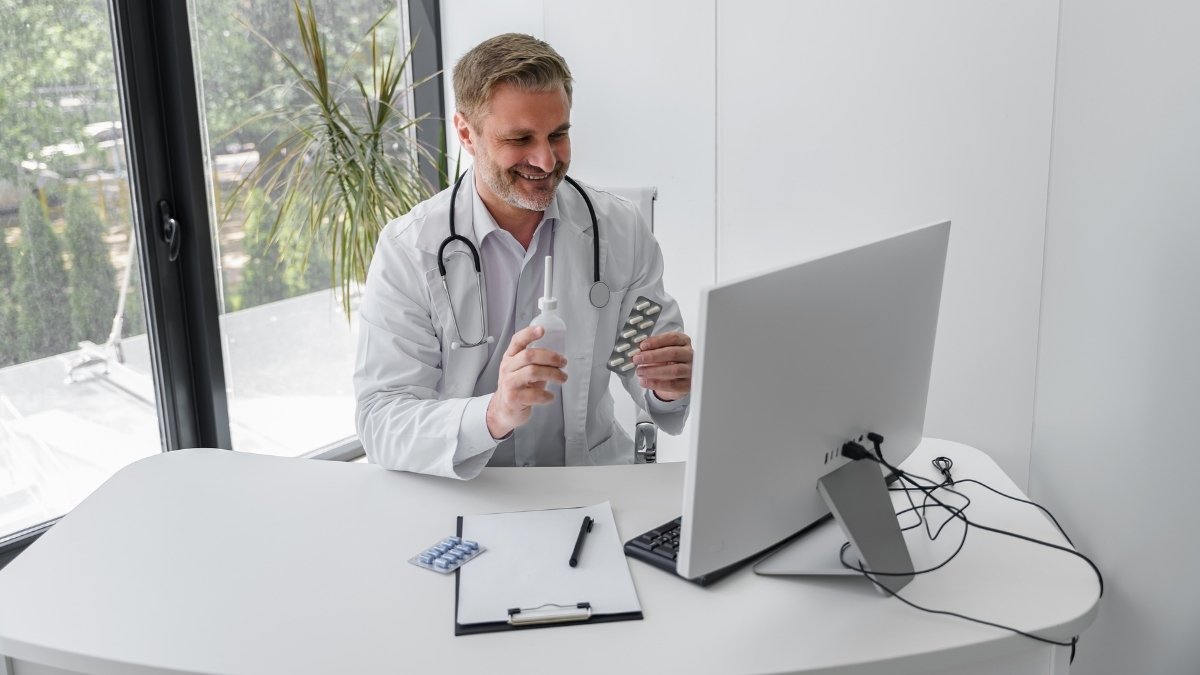
Your doctor can’t help you if they can’t see or hear you properly. That’s the reality of virtual visits.
Poor lighting ranks as the #1 visual barrier physicians face during telehealth appointments. So before you prepare for telehealth appointment, fix your setup.
Start with your space. Pick a private, quiet room where you won’t be interrupted. Your bedroom or home office works better than the kitchen or living room. Close the door. This isn’t just about privacy—it helps you focus on what your doctor is saying.
Get the lighting right. Face a window or lamp. Natural light should hit your face, not your back. When light comes from behind you, your doctor sees a shadow instead of your symptoms. Position your device at eye level, about arm’s length away, so your doctor can see your face clearly.
Make your device stable. Holding your phone for 20 minutes makes shaky video. Your doctor can’t examine you if the camera keeps moving. Use a table, desk, or phone stand. Prop your laptop on books if needed.
Cut the noise. Close windows. Turn off the TV. Even background music makes it hard for your doctor to hear your breathing or other important sounds. And here’s why that matters: Your first virtual doctor visit shouldn’t fail because your neighbor started mowing the lawn.
Tell your household. Let family members or roommates know you have an appointment. Put a sign on your door if you need to. You don’t want someone walking in while you’re discussing private health issues.
Think about accessibility too. If you have vision problems, use a larger screen instead of your phone. Turn on closed captions if your platform offers them. You have the right to ask for accommodations that help you participate fully in your care.
Your environment affects the quality of care you receive. Take five minutes to set things up right, and your virtual appointment will run smoothly.
Gather Your Medical Information and Documentation

You can’t remember everything when you’re sitting in front of your doctor. Your mind goes blank. You forget the name of that medication or when your symptoms actually started.
Patients who prepare a written symptom timeline save an average of 8 minutes during appointments and receive more accurate diagnoses. That’s 8 minutes you get back, plus better care. This telehealth appointment checklist will help you get organized.
Write down all your medications. List the name, dosage, and how often you take each one. Include vitamins and supplements—they count too. Note any changes from the last three months. Did you start something new? Stop taking something? Your doctor needs this information to avoid dangerous drug interactions.
Sum up your medical history in one place. Write down previous diagnoses, surgeries, and hospitalizations with dates. List all your allergies, especially to medications. If you had your appendix out in 2018, write it down. If penicillin makes you break out in hives, that goes on the list. You might remember the big stuff, but details slip away under pressure.
Track your symptoms like a detective. This is where your telehealth appointment checklist really pays off. Create a simple chart:
- When did this start? (exact date if possible)
- Where does it hurt or feel wrong?
- How bad is it? (rate it 1-10)
- What makes it worse?
- What makes it better?
- How often does it happen?
Be specific. “My stomach hurts” doesn’t help much. “Sharp pain in my lower right abdomen that started Tuesday, worse after eating, rates 7 out of 10” gives your doctor something to work with.
Get your paperwork ready. Put your insurance card in front of your camera when asked. Have your photo ID nearby. Know your pharmacy’s name and location—your doctor will send prescriptions there. If you don’t have a preferred pharmacy yet, look one up before your appointment starts.
Keep everything in one document or notebook. When you follow these online medical appointment tips, you can reuse this information for future visits. Just update what’s changed. You’ll walk into every appointment prepared, and your doctor can spend less time gathering basic facts and more time actually helping you feel better.
Prepare Your Questions for Maximum Appointment Efficiency
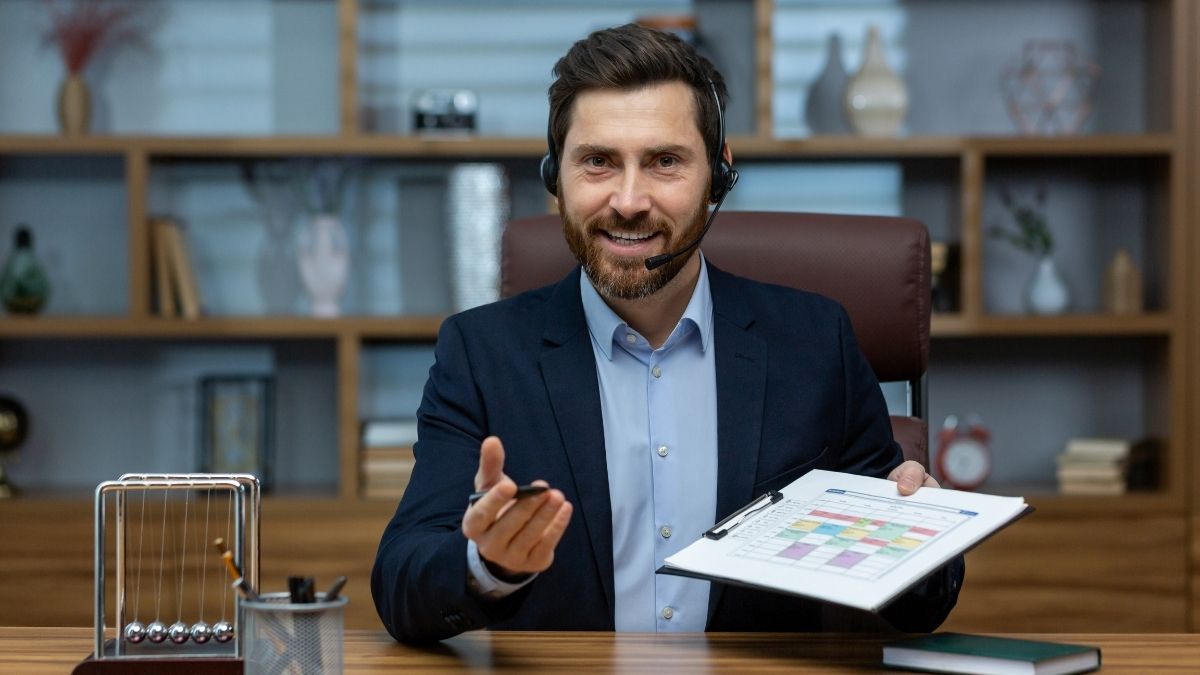
Your appointment ends. You hang up. Then you remember the three questions you forgot to ask.
The average telehealth appointment lasts 15-20 minutes, compared to 18-24 minutes for in-person visits. You have less time, so you need a plan. When you prepare for telehealth appointment, your questions matter more than you think.
Put your most important question first. If your appointment gets cut short or you run out of time, you’ve already covered what matters most. Write your questions down in order. Number them. Don’t trust your memory when you’re nervous or not feeling well.
Get specific. Vague complaints lead to vague answers. “I feel bad” doesn’t give your doctor much to work with. Instead, say “I have sharp pain in my lower right abdomen for three days, worse after eating, rated 7 out of 10.” See the difference? Specific problems get specific solutions.
Here’s what a good question list looks like for your first virtual doctor visit:
- What’s causing my [specific symptom]?
- Do I need any tests or labs?
- What treatment options do I have?
- How long until I should feel better?
- When should I follow up with you?
Always ask about next steps. What happens after this appointment? Do you need to schedule a follow-up? Should you watch for certain warning signs? This keeps you from calling back the next day with basic questions.
Clarify your prescriptions before you log off. Ask how to take any new medication. What time of day? With food or without? What side effects should you expect? Which ones mean you should call back immediately? Write this down while your doctor explains it.
Request written notes. Ask if your doctor can send an after-visit summary. Most telehealth platforms offer this. You’ll have everything in writing—no need to remember what was said while you were worried about your health.
End with one more question. Before you hang up, ask: “Is there anything else I should know?” This gives your doctor a chance to add important details they might have forgotten.
Your questions determine what you get out of your appointment. Spend five minutes writing them down, and you’ll leave with actual answers instead of more confusion.
What to Wear and How to Present Yourself on Camera

You’re sitting at home. It’s tempting to stay in pajamas. But what you wear affects how well your doctor can examine you.
Dress like you’re going to the clinic. You don’t need formal clothes, but treat your online medical appointment like a real visit. Your doctor takes it seriously. You should too.
Think about what they need to see. If you’re discussing stomach pain, wear a loose shirt you can lift easily. Talking about a rash on your arm? Short sleeves work better than a sweater you have to wrestle off. If your appointment involves checking your throat, skip the turtleneck. Make access easy.
Skip the stripes and busy patterns. Wild patterns and tight stripes look weird on camera. They create a visual distortion that makes it harder for your doctor to see details clearly. Solid colors work best. For skin examinations, natural light and solid-colored clothing in the background improve diagnostic accuracy by up to 40%. Wear a plain shirt, and your doctor can actually see what’s wrong.
Gather your medical tools before the appointment starts. This telehealth appointment checklist item often gets forgotten. Do you have a thermometer? Blood pressure cuff? Scale? Pulse oximeter? If your doctor asks for these readings during the call, you want them within reach. Nothing wastes time like running around your house looking for a thermometer while your doctor waits.
Put everything on the table next to your device before you log on. Take your temperature ahead of time if you think your doctor will ask. Write the number down.
Your appearance and preparation help your doctor do their job. They can’t examine you the same way as in person, so give them every advantage you can. Good lighting, simple clothing, and the right tools make virtual care work better for both of you.
Understand What Your Doctor Can and Cannot Do Virtually
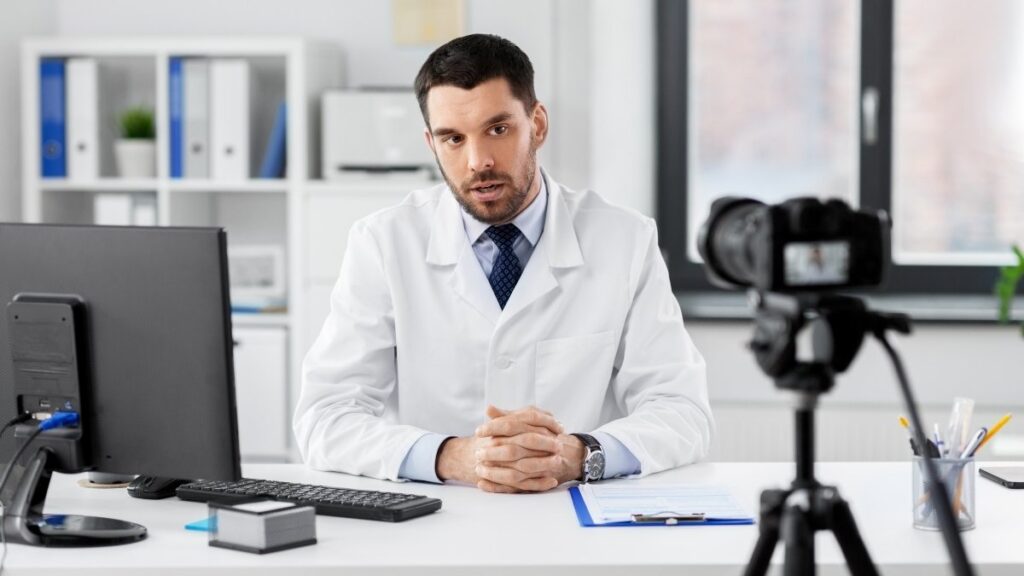
Your first virtual doctor visit isn’t magic. Your doctor can’t reach through the screen to feel a lump or listen to your lungs up close.
You need to know what telehealth can handle and what it can’t. This keeps you from wasting time on an appointment that should have been in-person from the start.
Telehealth works great for most things. Research shows it’s highly effective for 70-80% of primary care needs, including medication management, mental health, and chronic condition follow-ups. Your doctor can easily treat UTIs, seasonal allergies, skin rashes, anxiety or depression, and refill your regular medications. They can review your diabetes numbers, adjust your blood pressure meds, or help with insomnia. These telehealth appointment visits save you time without sacrificing quality.
Some problems need hands-on care. Your doctor can’t stitch up a deep cut through video. They can’t feel your abdomen to check for appendicitis. They can’t do a physical exam that requires touching, pressing, or listening with a stethoscope. Severe injuries, chest pain, sudden severe headaches, or anything that might be an emergency? Go to urgent care or the ER instead. Don’t try to handle these through a screen.
Prescriptions and lab work still happen. Your doctor can send prescriptions directly to your pharmacy during your virtual visit. They can also order blood tests, X-rays, or other labs. You’ll just need to go to a lab or imaging center to get them done. The results come back to your doctor through the system.
Sometimes you’ll need a follow-up in person. Your doctor might start with a virtual visit and then ask you to come in. This is normal. They’re doing their best with what they can see on camera, but if they need more information, they’ll tell you. Don’t take it as a failure of your first virtual doctor visit—it’s just good medicine.
Know how to reach your doctor after the appointment. Ask about follow-up options. Can you message through the patient portal? Should you call the office? Is email okay for non-urgent questions? Get this clear before you log off.
Virtual care has real limits. But for the right problems, it works just as well as sitting in an exam room—and gets you help faster.
Day-of-Appointment Checklist and Troubleshooting Tips
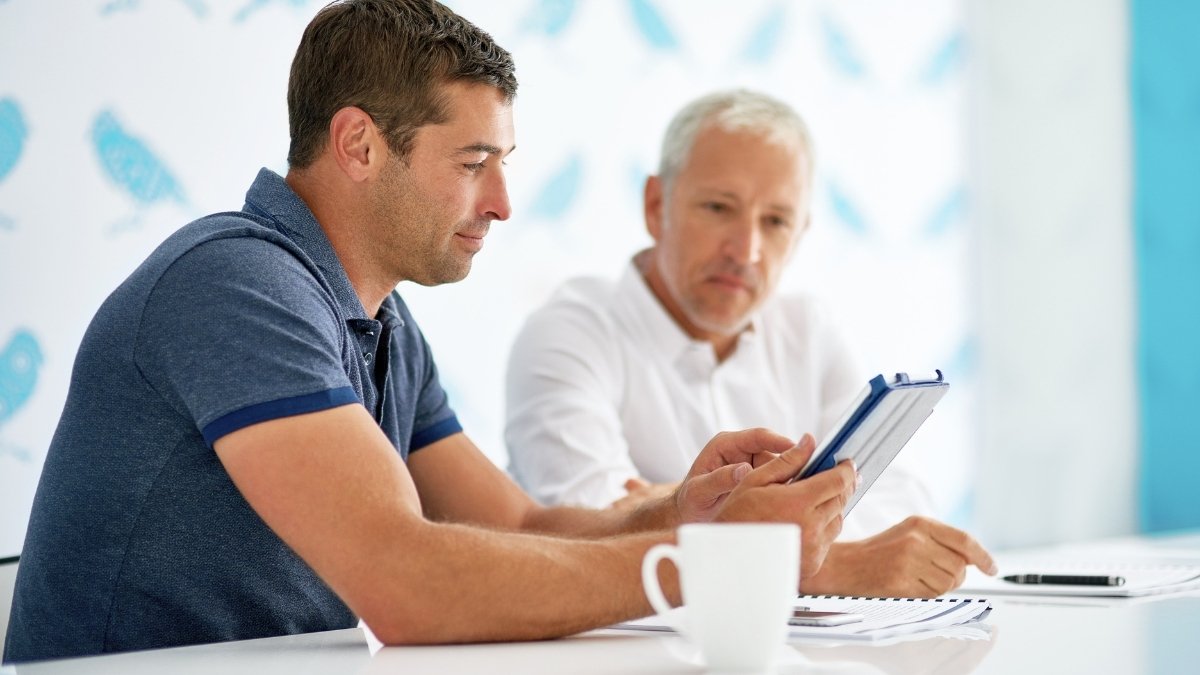
Your appointment starts in two minutes. You click the link. Nothing happens. Now you’re panicking.
Don’t let tech problems ruin your appointment. Here’s your telehealth appointment checklist for the actual day, plus fixes for when things go wrong.
Log in 5-10 minutes early. This gives you time to fix problems before your doctor is waiting. Research shows that 23% of telehealth appointment delays are caused by patients logging in late and struggling with platform access. You don’t want to be part of that statistic. Click the link, test your video and audio, and make sure everything works.
Save the clinic’s phone number in your phone right now. If the video platform crashes, you need a backup plan. Call the office and they can help you reconnect or switch to a phone appointment. Write this number on a sticky note next to your computer too.
Close everything else on your device. Shut down email, streaming services, games, and any other programs running in the background. They eat up bandwidth and processing power. When you prepare for telehealth appointment tech, this simple step prevents most connection problems.
Put water within reach. You’ll be talking for 15-20 minutes straight. Your mouth gets dry. Have a glass of water next to you so you don’t need to leave the screen.
Keep a pen and paper in front of you. Write down instructions, medication names, and follow-up steps while your doctor talks. Your memory isn’t as good as you think when you’re worried about your health.
When tech fails, here’s what to do:
No video showing? Check if your camera is covered or blocked. Make sure you gave the website permission to use your camera. Try refreshing the page.
Can’t hear your doctor? Unmute yourself—that’s the most common fix. Check that your device volume is turned up. Unplug and replug your headphones if you’re using them.
Screen frozen? Refresh your browser. If that doesn’t work, close it completely and click the appointment link again.
Connection drops? Don’t panic. Your provider will call you at the backup phone number you provided during registration. If they don’t call within two minutes, call the clinic directly.
These online medical appointment tips sound simple. That’s because they are. But simple fixes prevent most problems. Spend five minutes preparing, and your appointment will go smoothly instead of turning into a tech nightmare.
CONCLUSION
When you prepare for your first telehealth appointment, you’re taking control of your healthcare. Test your tech before the day arrives. Set up a quiet, well-lit space. Write down your medications, symptoms, and questions. Know what virtual care can and can’t handle. Log in early on appointment day.
Take 20 minutes today to work through this checklist—your future self will thank you when you’re confidently clicking “join appointment” without a single worry. Get your papers organized now, not five minutes before your doctor logs on.
Remember, your healthcare provider wants your online medical appointment to work just as much as you do. If tech problems happen, call the office. They’ll help you figure it out. Nobody expects you to be perfect at this on your first try.
Your health matters. Being prepared helps you get better care. Now go set up that appointment.

